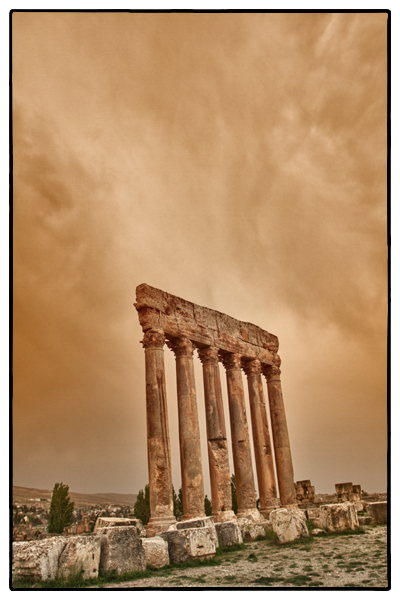
These six Roman columns have survived wars, earthquakes, and the elements for over 2,000 years. Photos by David Lansing.
I’m walking around the Roman ruins at Baalbek taking hundreds of photographs and yet feeling a little bit frustrated. Because I realize as I look at the images in my view finder that they don’t really convey the scale of these buildings. At one point I was standing off to the side of six granite columns—the only six still standing from what used to be 54 columns—said to be the largest in the world. Each is over 75 feet tall with a girth of over 7 feet. How they were moved and positioned so precisely remains a mystery.
But even though you have a photo to look at and I tell you they are over 75 feet tall, I don’t think you can really get how big these suckers are. And that’s what was frustrating me.
Until a young Muslim family comes along and the father decides to take a photo of his wife balancing their young son at the foot of one of the columns. That’s the photo below. With the woman, in black, not even as high as the column’s pedestal and her son looking like an insect on a massive tree limb. Perhaps that can give you a sense of just how big these columns are. And then ask yourself: How, 2000 years ago, did they get these granite columns where they are? And how did they get each part to stand atop the one below it?

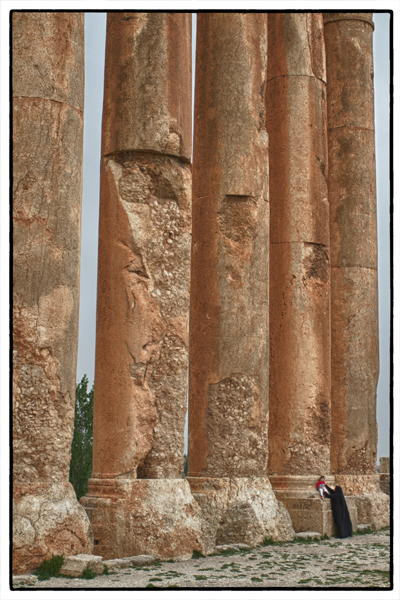
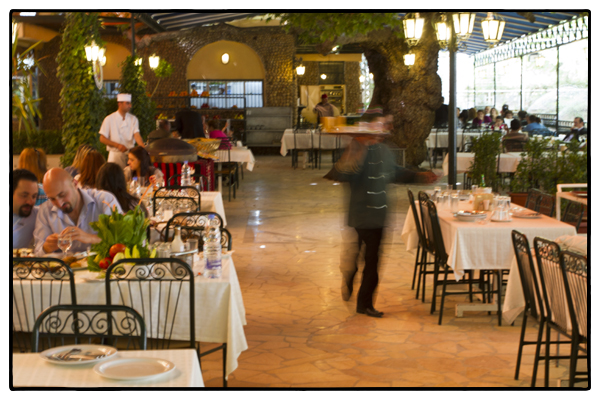
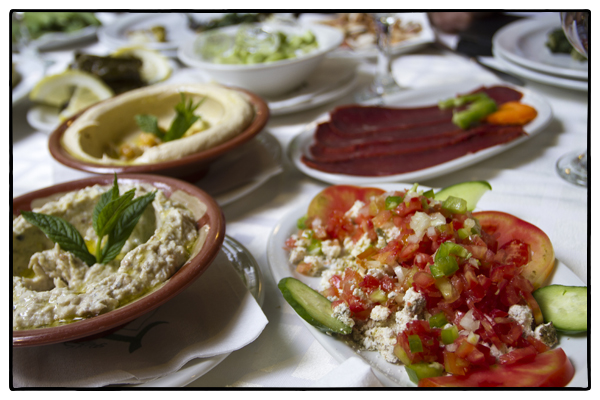

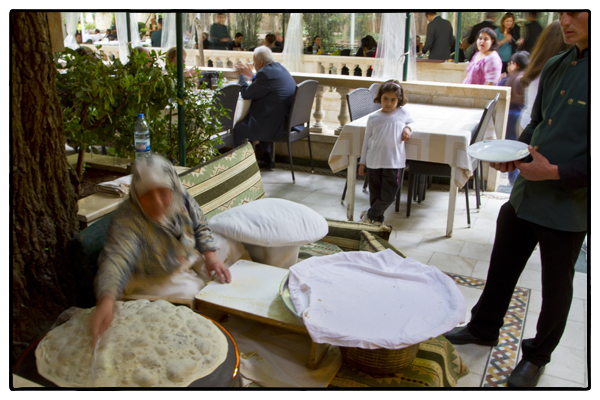
Recent Comments